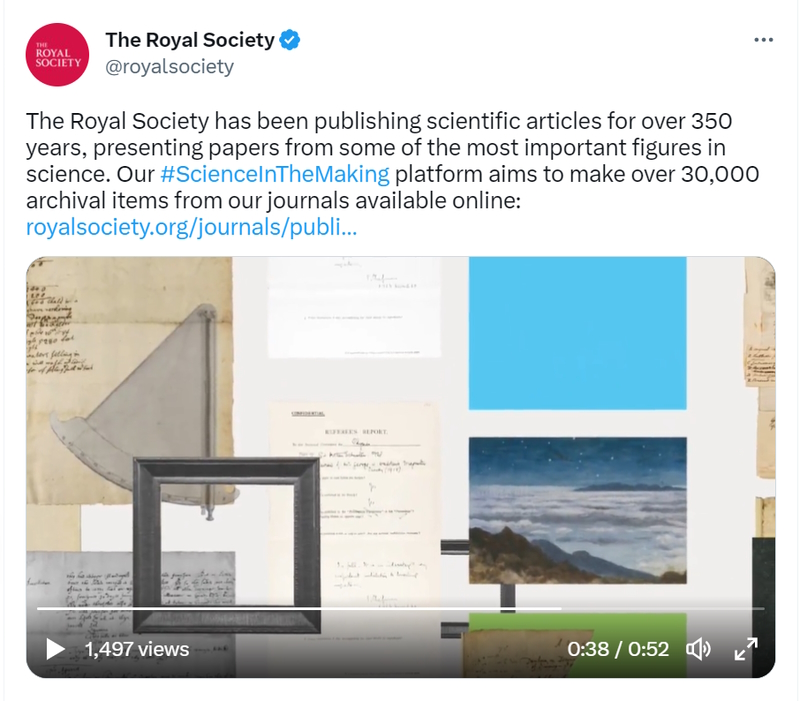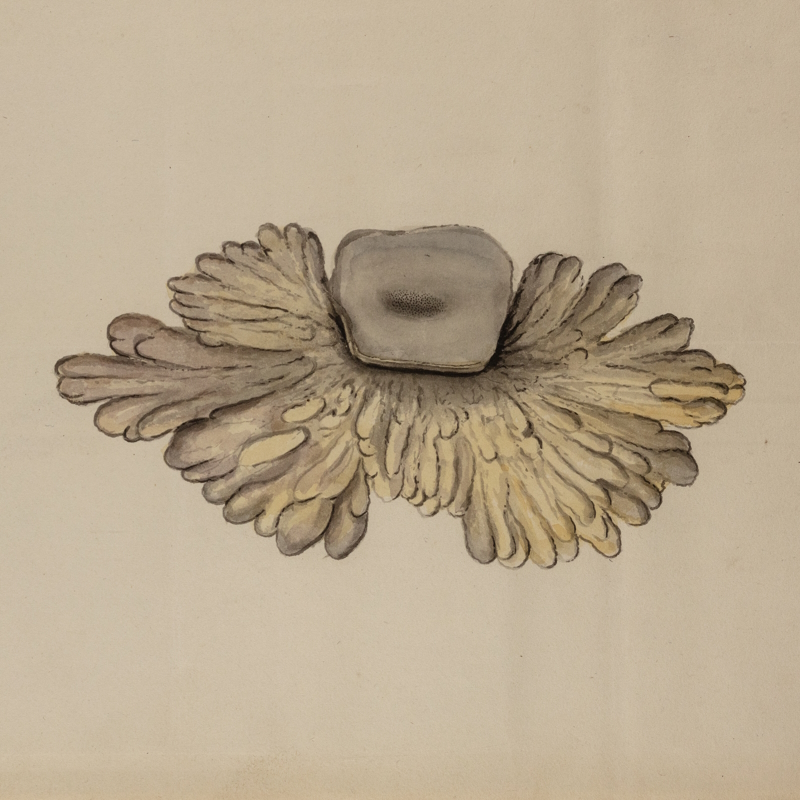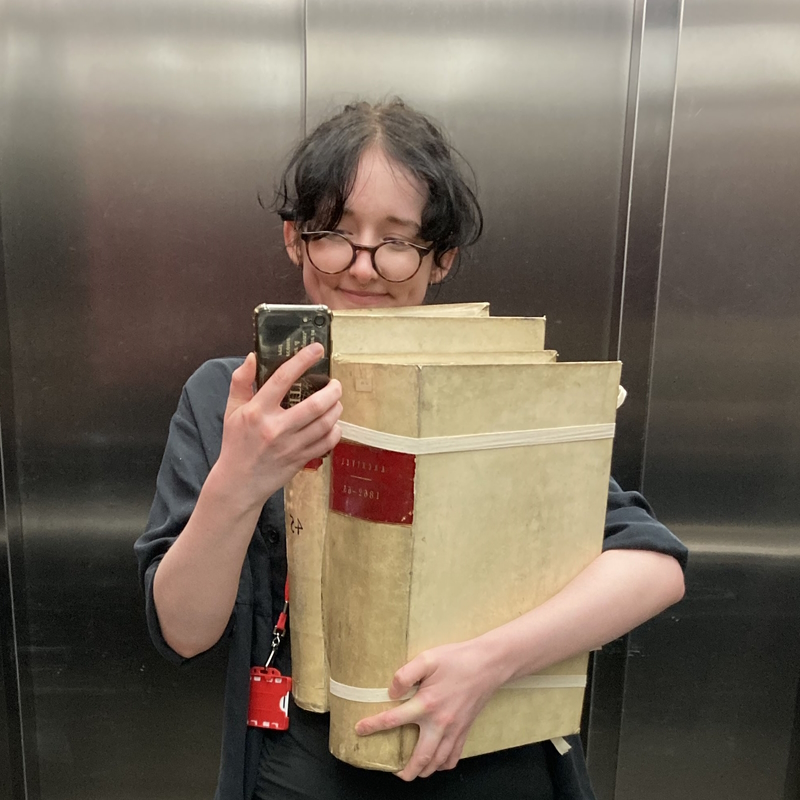Anne McLaughlin introduces the next phase of Science in the Making, an upcoming platform to open up the archives of the Royal Society.
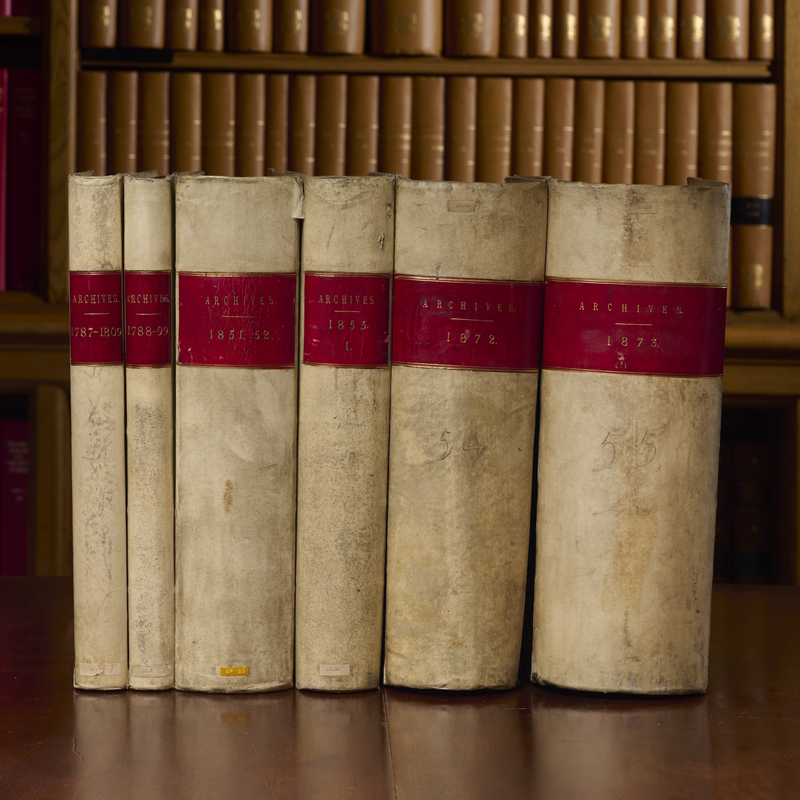
Five years ago, in this blog, my colleague Louisiane Ferlier had the pleasure of announcing the launch of the pilot platform for Science in the Making. Today, it’s my great pleasure to introduce the next phase of Science in the Making: a permanent platform that will open up our archives like never before.
The pilot platform, built by software designers Digirati, presented a selection of ‘Original letters, drafts of manuscripts, beautiful coloured illustrations, and reports by Fellows on articles received for publication‘. Members of the public were invited to transcribe, tag and interact with the material that had underpinned over 350 years of printing the Royal Society’s flagship journal, the Philosophical Transactions.
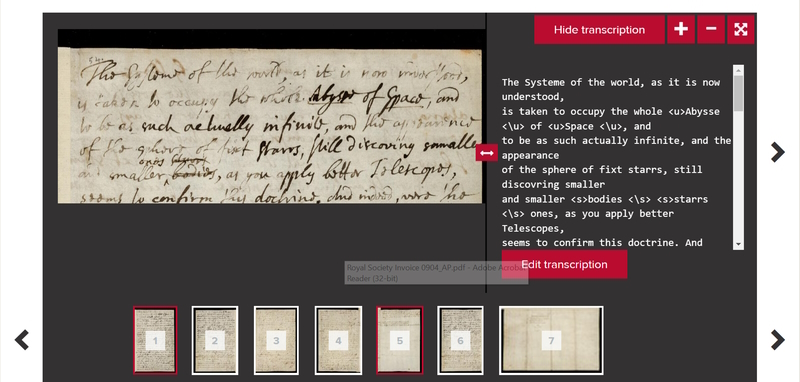
The platform proved an immediate success, with 13,574 page views in the first month, and hundreds of archival documents transcribed and tagged by volunteers by the end of the project, all of whom contributed their time and expertise to open up the archives to a wider audience than ever before. We’re sincerely grateful to all those who contributed to this endeavour. In time, the data generated by their hard work will be ingested into our archival catalogue, improving users’ ability to search and discover key sections of the Royal Society’s vast archives.
The new phase of Science in the Making sees the platform exponentially expanded, presenting hundreds of thousands of images and providing access to entire archival series within our collections rather than the smaller samples presented previously. For example, you’ll be able to view all the Early Letters (correspondence written to the founders and officers of the Royal Society), the Archived Papers (articles sent to the Society but only published in abstract, or never at all), and the Referees’ Reports (confidential peer reviews submitted by eminent scientists recommending or rejecting the work of their contemporaries).

Additionally, the new platform is designed to grow, allowing us to add new material periodically as it is catalogued and digitised. This will include one of the collections that was showcased on the pilot site: items related to the British National Antarctic Expedition. From Captain Scott’s letters to stunning photographs of colonies of waddling penguins and ships caught in the ice, the British National Antarctic Expedition material will be one of the major additions to the site later this year, featuring more content, improved cataloguing, and new ways to explore the material.
Not only will Science in the Making present material which has never appeared online previously, but it will do so in an entirely new way. The platform, totally redesigned by digital agency Cogapp, will allow you to see pages dedicated to each of our Fellows, with images drawn from the Royal Society’s portrait collections. You can also explore articles by eminent historians of science as they turn their gaze to controversial aspects of the archives, and discover the documents yourselves via a custom viewer. This will allow you to zoom in closer than ever before, manipulate the images to see new layers within old paper, and download full, free pdfs of any item within the collection.
Entirely based around open-source principles, the new Science in the Making is also fully compliant with the International Image Interoperability Framework (IIIF). This allows items to be shared, imported and embedded across the web, thereby facilitating new connections and collaborations both within our archives and between hundreds of IIIF-compliant institutions across the globe.
We’re incredibly proud of how far we’ve come and what we’ve built, and we can’t wait to invite you to explore the new platform from 24 April 2023. But until then, check out this video to jump back in time and explore monumental leaps forward in the history of understanding, all through the remade Science in the Making.
